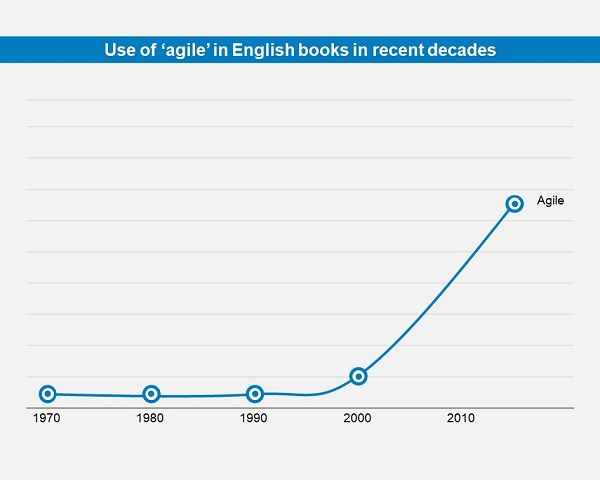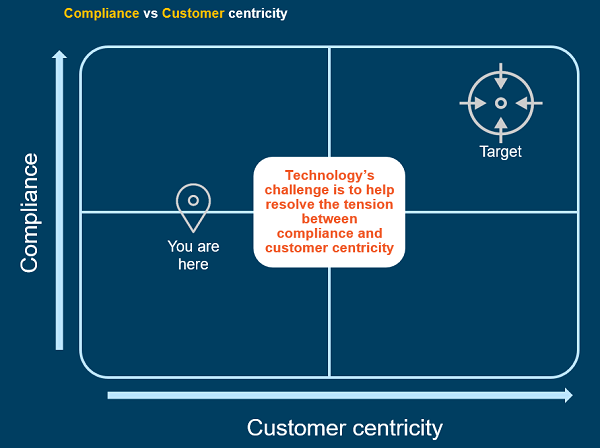Ludicrous mode is now available. Ask procurement to buy it
Elon Musk is a great technology entrepreneur, but he is also part showman, and the ludicrous mode – that can push a street-legal Tesla Model S Plaid from 0 to 100km/h in 2.1 seconds – has generated a lot of favourable, free editorial for the brand.
Ludicrous mode is also something of a meme for the time we’re living in. Can you believe it is bang on 20 years since Bill Gates published Business at The Speed of Thought?
Things have picked up pace in those twenty years. But it’s not just speed. Agility has been speed’s companion throughout this time.

The unceasing march of technology, and the digitalisation of the economy, are generating the speed and demanding the agility. And every aspect of an organisation is being transformed by this digital revolution. Even procurement.
Speed and agility are ‘must have’ capabilities
As far as procurement is concerned, it must support the need for speed and agility in the business. Most importantly, this means two things:
- Current tasks need to be done more quickly.
- Procurement needs to flex quickly.
Think of a new financial product being launched by a fintech and a large bank sees it as a threat and needs to respond. The bank needs to move quickly and so if it needs advice on a new product from third-party consultants, it needs to be procured in short order. Waiting 6-8 weeks for a statement of work (SOW) is not acceptable in these circumstances. Procurement cycle times need to be collapsed. Moreover, as the demand for more responsiveness increases, procurement needs to be hypersensitive to any friction it imposes on the business.
Businesses are changing rapidly to meet changing market dynamics and procurement needs to be able to change with the business. Imagine a new service offering to customers that relies on partnering with a supplier – it might require an entirely new way of ordering from that supplier to provide the new service efficiently. We should expect more and more collaboration across the economy, so we must be open to new ways of achieving business goals.
Procurement needs to change. The way it usually operates means that it is incapable of supporting this need for speed and agility.
Compliance is not cost-free
Traditional processes have been designed to prioritise compliance and that needs to change. It is no longer good enough to enforce compliance to policies and contracted agreements without regard to the cost in terms of speed or agility.
Procurement must figure out how to achieve compliance objectives without slowing the business down. That sounds difficult and it is, but it is absolutely possible with the application of new technologies and new thinking.

Ironically, very high levels of compliance cannot be achieved without improving customer centricity because when it becomes ‘too hard’ to comply, we know people devise workarounds to get their job done. While it is possible to achieve high compliance with a complete focus on draconian discipline, we should expect there will be a high cost (typically unmeasured and poorly understood) to the speed and quality of outcomes for the organisation’s end customer.
It is time procurement shakes off its reputation as a blocker. It is time to embrace the technology and the thinking that now exists to transform procurement into a true enabler of accelerated business operations. More to come on that shortly.





